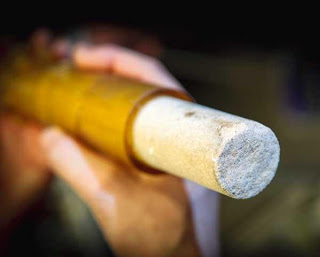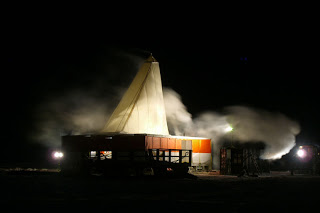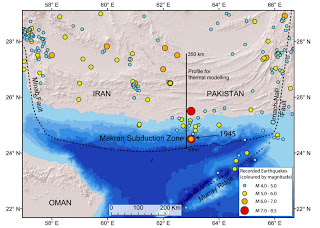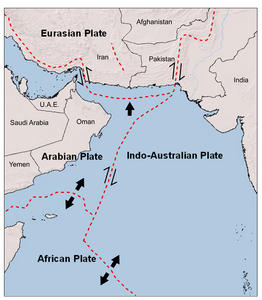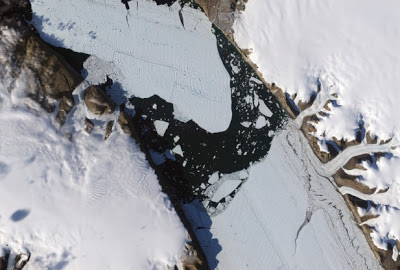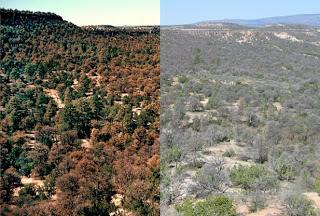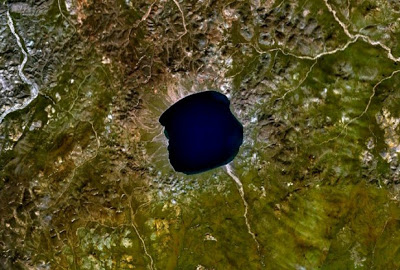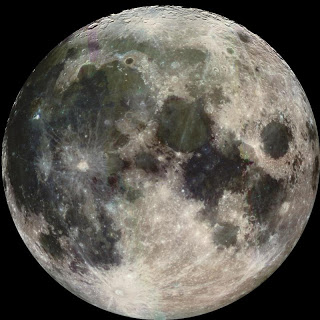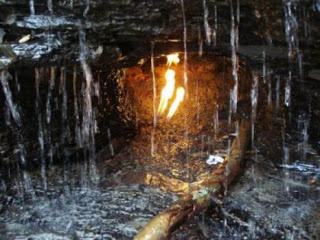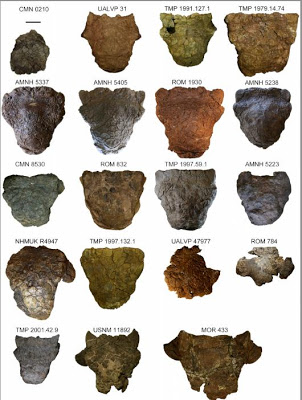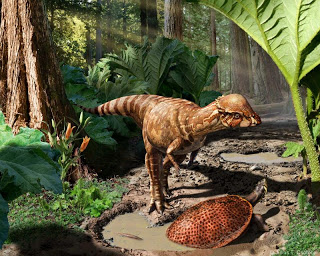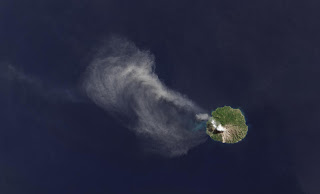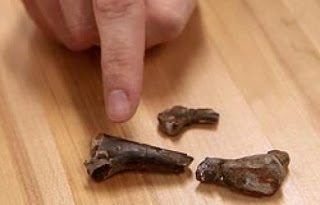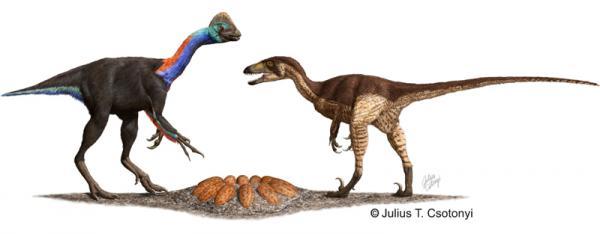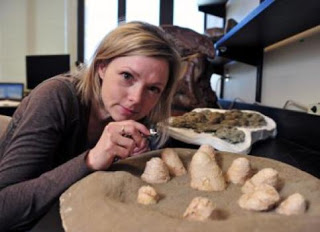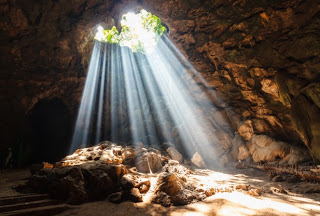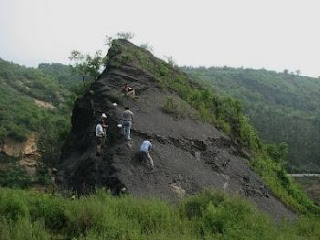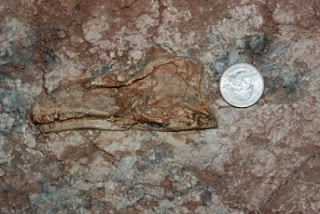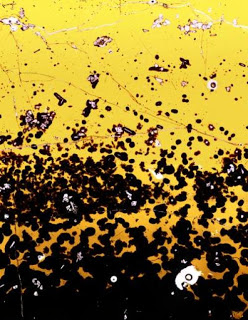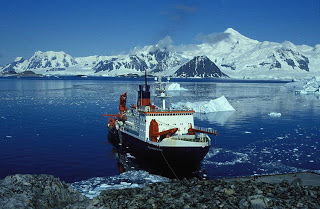
The eastern side of the Antarctic Peninsula, a finger of the southern polar continent that juts toward South America, has experienced summer warming of perhaps a half-degree per decade — a greater rate than possibly anywhere else on Earth — in the last 50 years, and that warming is largely attributed to human causes.
But new University of Washington research shows that the Southern Hemisphere’s fall months — March, April and May — are the only time when there has been extensive warming over the entire peninsula, and that is largely governed by atmospheric circulation patterns originating in the tropics.
The autumn warming also brings a notable reduction in sea ice cover in the Bellingshausen Sea off the peninsula’s west coast, and more open water leads to warmer temperatures on nearby land in winter and spring (June through November), said Qinghua Ding, a UW research associate in Earth and space sciences. In fact, the most significant warming on the west side of the peninsula in recent decades has occurred during the winter.
“Local northerly wind pushes warmer air from midlatitudes of the Southern Ocean to the peninsula, and the northern wind favors warming of the land and sea ice reduction,” said Ding.
He is the lead author of a paper explaining the findings, published online this month in the Journal of Climate. Eric Steig, a UW professor of Earth and space sciences, is co-author. The work was funded by the National Science Foundation.
The scientists analyzed temperature data gathered from 1979 through 2009 at eight stations on the Antarctic Peninsula. The stations were selected because each has reliable monthly data for at least 95 percent of the study period. They also used two different sets of data, one from Europe and the other from NASA, that combine surface observations, satellite temperature data and modeling.
The researchers concluded that the nonsummer Antarctic Peninsula warming is being driven by large-scale atmospheric circulation originating in the equatorial Pacific Ocean. There, the warm sea surface generates an atmospheric phenomenon called a Rossby wave train, which reaches the Antarctic Peninsula and alters the local circulation to warm the region.
The sea-surface temperature trend in the tropical Pacific is related to natural phenomena such as the El Niño Southern Oscillation (El Niño and La Niña) and cycles that occur on longer timescales, sometimes decades. But it is not clear whether human causes play a role in that trend.
“We still lack a very clear understanding of the tropical natural variability, of what that dynamic is,” Ding said.
He said that in the next two or three decades it is quite possible that natural variability and forcing from human factors will play equivalent roles in temperature changes on the Antarctic Peninsula, but after that the forcing from human causes will likely play a larger role.
“If these trends continue, we will continue to see warming in the peninsular region, there is no doubt,” Ding said.
Note : The above story is reprinted from materials provided by University of Washington. The original article was written by Vince Stricherz.


